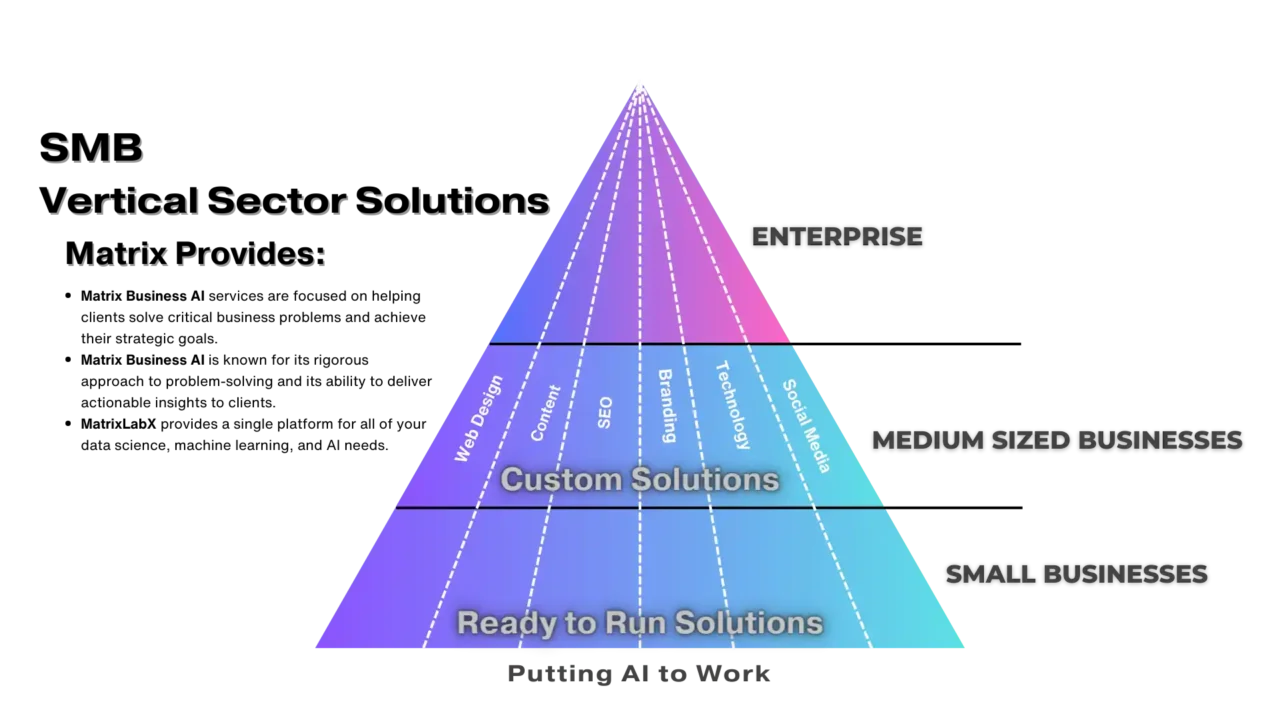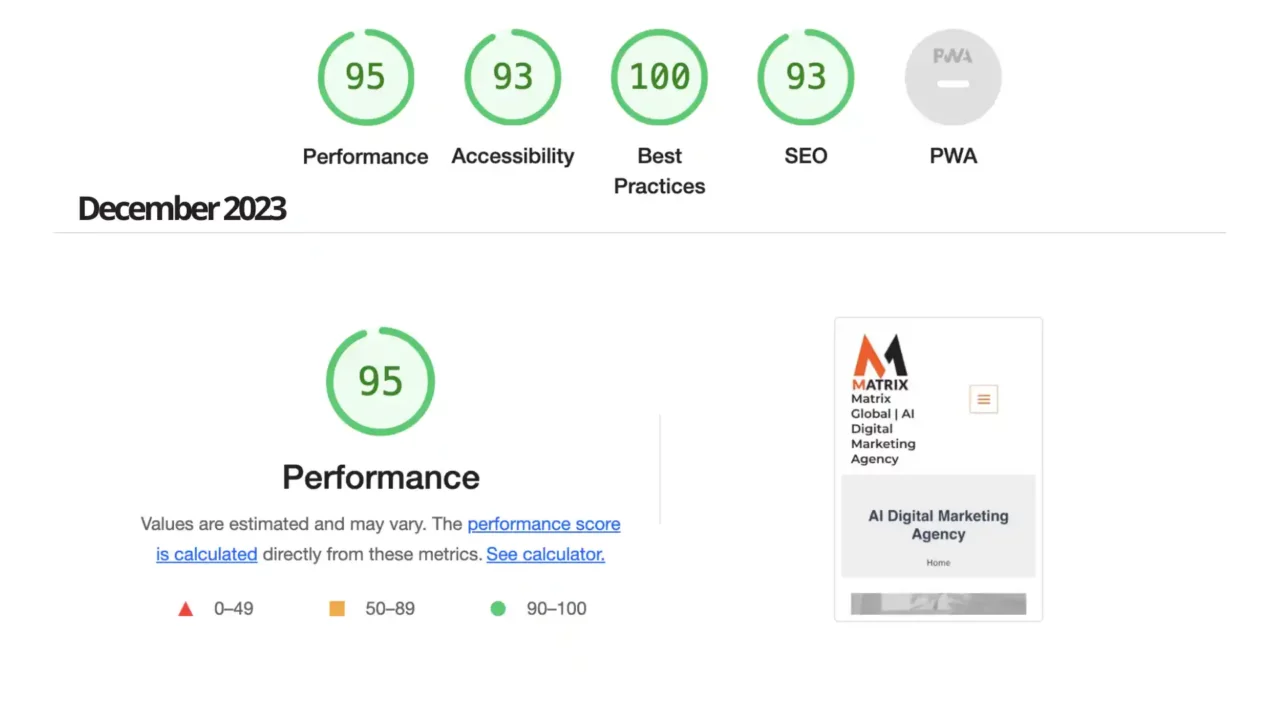Digital marketing spending trends.
Learn about digital marketing spending trends that are sending sales soaring.
Unlocking Sales Growth: Understanding the Pains and Desires of Marketing Managers with Poor Budget Planning
Marketing managers are often tasked with driving sales growth while navigating the challenges of limited budgets.
This delicate balance can lead to many pains and desires that hinder their ability to achieve their goals.
In this article, we will delve into the common struggles marketing managers face and explore their desires to overcome these obstacles.
Some stats:
- Mobile advertising spending is expected to reach $455 billion by 2024. (Source: eMarketer)
- Video advertising spending is expected to reach $233 billion by 2024. (Source: eMarketer)
- Social media advertising spending is expected to reach $187 billion by 2024. (Source: eMarketer)
- Search engine marketing (SEM) spending is expected to reach $166 billion by 2024. (Source: Matrix AI)
- Content marketing spending is expected to reach $85 billion by 2024. (Source: Content Marketing Institute)
- Email marketing spending is expected to reach $54 billion by 2024. (Source: Litmus)
Misalignment with Sales Goals:

One of the most pressing pains for marketing managers is the misalignment between marketing efforts and sales goals.
Without a clear understanding of the sales team’s objectives, marketing initiatives may fall short of contributing effectively to revenue generation. This disconnect leads to wasted resources and missed opportunities.
Limited Budget Allocation:
Another significant pain point is the perennial challenge of limited budget allocation. Marketing managers often find themselves juggling multiple priorities with insufficient resources.
This constraint forces them to make difficult decisions, potentially compromising the effectiveness of their campaigns.
Lack of Data-Driven Insights:
Many marketing managers struggle to leverage data effectively in today’s data-driven marketing landscape.
The absence of actionable insights hampers their ability to make informed decisions, optimize campaigns, and measure the impact of their efforts accurately.
Sales and Marketing Alignment:
Marketing managers desire a seamless alignment between sales and marketing teams, ensuring that both departments work cohesively towards shared goals.
This alignment enables effective communication, coordinated strategies, and a unified approach to driving sales growth.
Adequate Budget Allocation:
Ample budget allocation is another ardent desire of marketing managers.
With sufficient resources, they can explore innovative strategies, invest in cutting-edge technologies, and execute campaigns that resonate with their target audience.
Data-Driven Decision-Making:
To navigate the complexities of modern marketing, marketing managers yearn for data-driven insights. They desire access to real-time data, analytics tools, and expertise to make informed decisions, optimize campaigns, and measure ROI effectively.
Unlocking Sales Growth: How AI Digital Marketing Agency Drive Results

In today’s competitive business landscape, marketing managers are constantly seeking innovative ways to optimize their strategies and drive sales growth.
Digital marketing spending trends offer valuable insights into the channels and platforms that yield the highest returns on investment (ROI).
This article explores the top digital marketing spending trends and highlights the benefits of partnering with an AI digital marketing agency like Matrix Marketing Group to maximize results.
Top Digital Marketing Spending Trends:
1. Mobile Advertising Dominance:
Mobile advertising spending is projected to reach $455 billion by 2024, emphasizing optimizing campaigns for mobile devices. Marketers must prioritize mobile-friendly designs, engaging content, and targeted ad placements to capture consumers’ attention on the go.
2. Video Content Explosion:
With video advertising spending on track to reach $233 billion by 2024, marketers recognize visual storytelling’s power. Video content can convey complex messages succinctly, evoke emotions, and drive engagement. Marketers should leverage video across various platforms, including YouTube, social media, and streaming services.
3. Social Media Advertising Growth:
Social media advertising spending is expected to hit $187 billion by 2024, underscoring the significance of social media platforms as marketing channels. Marketers can utilize social media to build brand awareness, engage with customers, and generate leads.
Benefits of Partnering with an AI Digital Marketing Agency:

1. Data-Driven Insights and Personalization:
AI digital marketing agencies leverage data and artificial intelligence to analyze customer behavior, preferences, and engagement patterns.
This data-driven approach enables personalized marketing campaigns that resonate with each customer, leading to higher conversion rates.
2. Innovative Strategies and Cutting-Edge Solutions:
AI digital marketing agencies are at the forefront of marketing innovation, constantly exploring new strategies and technologies to stay ahead of the curve.
They bring fresh ideas, creative concepts, and cutting-edge solutions, helping businesses differentiate themselves.
3. Scalability and Efficiency:
AI digital marketing agencies possess the resources, expertise, and technology to manage complex marketing campaigns at scale.
They streamline processes, automate tasks, and optimize workflows, allowing businesses to focus on their core competencies while leaving the marketing to the experts.
Digital marketing spending trends are shaping the marketing landscape, with mobile advertising, video content, and social media emerging as key channels.
Businesses can benefit from partnering with an AI digital marketing agency like Matrix Marketing Group to make the most of these trends and drive sales growth.
With data-driven insights, innovative strategies, and scalable solutions, Matrix Marketing Group helps businesses achieve their marketing goals and unlock the full potential of their digital marketing efforts.
Digital Marketing Spending Trends: A Marketer’s Guide to What, Why, and Where

In the ever-evolving digital landscape, marketing managers face the constant challenge of staying ahead of the curve.
Digital marketing spending trends provide valuable insights into the channels and platforms driving results, helping marketers make informed decisions and optimize their strategies.
This guide explores digital marketing spending trends’ what, why, and where, aiming to spark curiosity and engage readers with actionable insights.
What: The Top Digital Marketing Spending Trends
The digital marketing landscape is constantly evolving, with new and old trends fading away. Some of the top digital marketing spending trends to watch out for in the coming years include:
- Mobile advertising: Mobile devices have become an integral part of our lives, and marketing managers are increasingly allocating budgets to mobile advertising.
- Video content: Video content is a powerful way to engage audiences and convey complex messages in a concise and visually appealing manner.
- Social media advertising: Social media platforms have become a major marketing channel, and advertising on social media can be a highly effective way to reach target audiences.
- Search engine marketing (SEM): SEM remains a critical channel for driving website traffic and generating leads.
- Content marketing: Content marketing is a long-term strategy to help businesses build trust and authority with their target audiences.
- Email marketing: Email marketing is still a cost-effective way to reach customers and promote products or services.
Why: The Benefits of Investing in Digital Marketing
There are many benefits to investing in digital marketing, including:
- Increased reach: Digital marketing allows businesses to reach a wider audience than traditional marketing methods.
- Improved targeting: Digital marketing platforms allow businesses to target their marketing efforts to specific demographics and interests.
- Measurable results: Digital marketing campaigns can be easily tracked and measured, so businesses can see what is working and what is not.
- Cost-effectiveness: Digital marketing can be a cost-effective way to reach target audiences.
- Personalization: Digital marketing allows businesses to personalize their marketing messages to individual customers.
Where: How to Allocate Your Digital Marketing Budget
When allocating your digital marketing budget, it is important to consider the following factors:
- Your business goals: What are you trying to achieve with your digital marketing efforts?
- Your target audience: Who are you trying to reach with your marketing messages?
- Your budget: How much money do you have to spend on digital marketing?
- Your marketing mix: What other marketing channels are you using, and how does digital marketing fit into your overall marketing strategy?
By understanding the what, why, and where of digital marketing spending trends, marketing managers can make informed decisions and optimize their strategies for maximum impact.
Unleashing Digital Marketing’s Power: Use Cases
In the digital age, businesses leverage digital marketing strategies to reach their target audience and drive growth.
Here are hree compelling use cases that showcase the transformative impact of digital marketing, presented in a problem-agitator-solution (PAS) format to spark curiosity and engage readers.
Use Case 1: Enhancing Brand Awareness and Lead Generation through Social Media Marketing
A small business struggles to establish brand recognition and generate leads in a competitive market. Traditional marketing methods yield limited results, and the business seeks innovative ways to connect with potential customers.
Limited brand awareness and a lack of targeted lead generation hinder the business’s growth prospects. Without a strong online presence and effective social media engagement, the business faces challenges in reaching its target audience.
The business implements a comprehensive social media marketing strategy, creating engaging content, running targeted ads, and engaging with followers. This approach increases brand visibility, fosters customer relationships, and generates qualified leads, driving growth.
Use Case 2: Boosting Online Sales with Search Engine Optimization (SEO)
An e-commerce store experiences stagnant online sales despite having a well-designed website. The store struggled to rank well in search engine results, resulting in limited organic traffic and missed sales opportunities.
Insufficient organic traffic due to poor search engine rankings hinders the e-commerce store’s ability to attract potential customers. Without implementing effective SEO strategies, the store faces challenges competing with established rivals and capturing market share.
The store’s comprehensive SEO efforts include keyword research, on-page optimization, and link building. These strategies improve the website’s visibility in search engine results, driving targeted traffic and increasing online sales.
The store experiences a significant revenue boost due to the enhanced organic reach.
Use Case 3: Driving Customer Engagement through Content Marketing
A B2B company faces challenges in nurturing customer relationships and establishing thought leadership in the industry. Traditional marketing tactics must engage the target audience effectively, and the company seeks innovative ways to connect with potential customers.
Lackluster customer engagement and limited brand authority hinder the B2B company’s ability to grow its customer base. The company can stand out in a crowded marketplace with compelling content that resonates with the target audience.
The company adopts a content marketing strategy, creating high-quality blog posts, white papers, and infographics that provide valuable insights and solutions to the target audience. This approach attracts engaged readers, builds trust, and positions the company as an industry expert, ultimately driving customer acquisition and retention.

Uncovering Digital Marketing Spending Trends for Optimized Sales Conversion Performance
In the ever-changing digital marketing landscape, staying ahead is crucial. Understanding evolving trends and leveraging them effectively can significantly enhance sales conversion performance.
This guide offers a step-by-step approach to analyzing digital marketing spending trends and gaining meaningful insights into user behaviors and search patterns.
Step 1: Assess Current Digital Marketing Landscape:
Evaluate your digital marketing strategies, channels, and performance metrics. Identify areas for improvement and set clear goals for your marketing efforts.
Step Withtor Industry Benchmarks:
Stay informed about industry benchmarks and best practices. Analyze how your competitors and peers allocate their digital marketing budgets and strategies.
Step 3: Analyze User Behavior and Search Trends:
Use tools like Google Analytics, heatmaps, and surveys to gather data on user behavior on your website. Monitor search trends using platforms like Google Trends to identify emerging keywords and topics.
Step 4: Leverage Data Analytics:
Utilize data analytics tools to track key metrics such as website traffic, engagement rates, conversion rates, and customer lifetime value. Analyze this data to identify patterns and trends that influence sales conversions.
Step 5: Experiment with New Platforms and Strategies:
Experiment with new digital marketing platforms and strategies based on your analysis. Test different content formats, ad placements, and targeting options to determine what resonates best with your audience.
Step 6: Optimize Content for Search Engines:
Ensure your website content is optimized for search engines by incorporating relevant keywords, meta descriptions, and structured data. This will improve your organic search visibility and drive more traffic to your site.
Step 7: Personalize User Experience:
Implement personalization strategies to create a tailored experience for each user. This includes delivering personalized content, recommendations, and offers based on their behavior and preferences.
Step 8: Evaluate and Iterate:
Continuously evaluate the effectiveness of your digital marketing efforts. Track your progress against your goals, and make necessary adjustments to your strategies based on the results.
Following these steps can gain valuable insights into digital marketing spending trends and optimize your sales conversion performance.
Adapting to evolving user behaviors and search trends will help you stay competitive and drive sustainable growth for your business.
Want better sales conversions?
Unleashing Digital Marketing’s Power with Matrix Marketing Group
Boost Sales Conversion Performance and Gain a Competitive Edge
In today’s digital world, effective digital marketing strategies are crucial for businesses aiming to drive sales and stay ahead of the competition.
Matrix Marketing Group offers a comprehensive suite of SEO metrics to help businesses gain valuable insights into user behaviors and search patterns.
Matrix Marketing Group’s SEO metrics provide businesses with a clear understanding of their website’s visibility, organic traffic, and keyword rankings.
This data can be used to optimize content, improve user experience, and enhance overall search engine rankings. Businesses can significantly boost their sales conversion performance by leveraging Matrix Marketing Group’s advanced tools and expertise.

